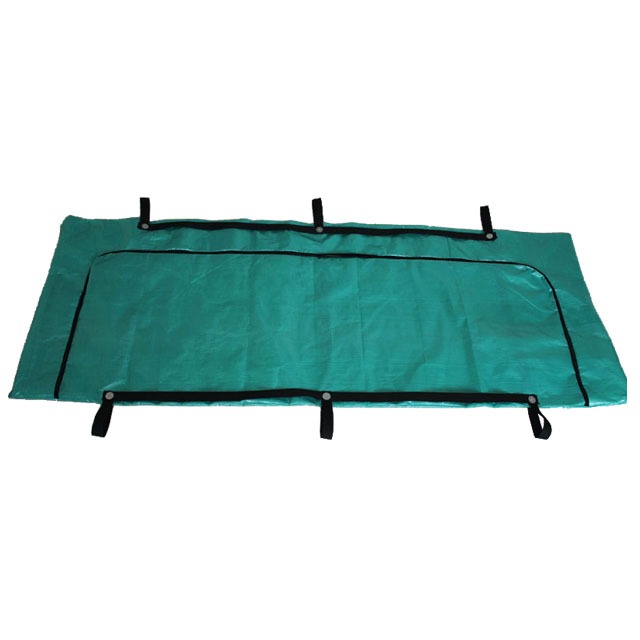Body bags are essential tools in the respectful and safe handling of deceased individuals. One of the critical factors in selecting a body bag is its size. Different situations require different sizes, and choosing the appropriate one is crucial to ensure the integrity of the remains. This article will explore the various sizes of body bags and the contexts in which they are most suitable, as well as provide guidance on how to select the right size.

Understanding Body Bag Sizes
Body bags typically come in various sizes, often categorized as small, medium, large, and extra-large. Each size is designed to accommodate different body types and situations.
1. Small Body Bags
Suitable for: Infants and small children.
Small body bags are specifically designed for younger, smaller individuals. They provide a secure and respectful way to handle remains that are significantly smaller than average adult sizes.
2. Medium Body Bags
Suitable for: Adolescents and smaller adults.
Medium body bags can accommodate teenagers and adults who are of smaller stature. These bags offer a balance between ease of handling and secure containment for those who do not require the larger sizes.
3. Large Body Bags
Suitable for: Average-sized adults.
Large body bags are the most commonly used size for adults. They are designed to comfortably fit most individuals and are suitable for use in hospitals, mortuaries, and during transportation.
4. Extra-Large Body Bags
Suitable for: Larger adults or cases involving trauma.
Extra-large body bags are necessary for larger individuals or in cases where the body may have experienced trauma that alters its dimensions. These bags provide ample space to ensure the safe handling of remains without compromising dignity.
How to Choose the Right Size
Selecting the appropriate size of a body bag involves several considerations:
1. Assess the Individual’s Size
Whenever possible, measure the dimensions of the individual before selection. This includes height and weight. If the body is not accessible for measurement, consult standard size charts provided by manufacturers to make an informed guess based on average sizes.
2. Consider the Context of Use
Think about the specific situation in which the body bag will be used. For example:
- Hospital Setting: If the body will be held in a hospital, a medium or large size is typically sufficient.
- Transport: For transportation over long distances, consider a larger size to accommodate any additional handling or shifting that might occur.
3. Plan for Special Cases
If you anticipate needing to handle specific cases, such as trauma victims or larger individuals, it’s wise to have extra-large body bags on hand. Being prepared for a range of scenarios can prevent unnecessary delays and ensure that respectful handling is maintained.
